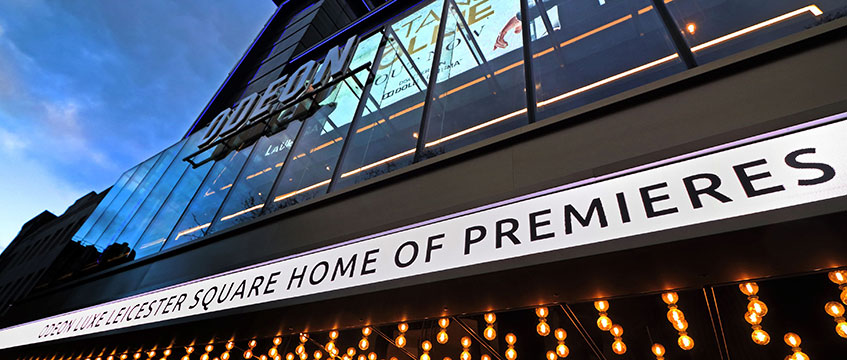COMMENT: Discussion surrounding the state of leisure in the UK often focuses on the challenges facing a number of the UK’s casual dining operators. But the financial difficulties experienced by some high-profile restaurant names have clouded the perception of the wider leisure sector as a whole. In reality, the sector has consistently outperformed all-property returns across short- and longer-term horizons.
With investors focusing on resilient, income-producing assets with long leases and strong covenants, it’s time to remake the case for leisure and its key income producer, cinemas.
With an average lease length of 17 years versus an all-property average of nine, cinemas provide long-term stability, footfall and relevance for many successful leisure schemes. However, the cinema industry is not without its threats. Digital steaming services continue to grow in popularity, with 47% of households now subscribing to a video-on-demand service. The sector remains reliant upon a strong film slate to drive demand, and any deterioration in viewer experience will be felt at the box office.
The cinema market in Germany represents a stark example of what can go wrong if the film content and customer experience is below par, with admissions having dropped by 41% since 2001.
UK market strength
There is no sign that these challenges are a bridge too far for UK cinema operators. The UK box office has grown by 3.9% per year since 2002 (including consecutive record-breaking years during the recession), spend per head has grown by 3.1% since 2005 and the number of cinema screens has swelled to 4,400 from fewer than 3,000 at the turn of the century. There have been three fundamental reasons for this resilience.
- The consistently strong domestic and Hollywood film slate
- An increasing demand from consumers for (affordable) experiences over products. Despite the growth of streaming services, EY research has found there to be no relationship between streaming subscriptions and a reduced number of cinema visits
- Providing a superior end-to-end experience to that which you can get on your sofa.
In order to maintain this competitive advantage over home viewing, it is important that owners and operators work in partnership to invest in an enhanced customer viewing experience. Over 2019, LGIM Real Assets has completed four major cinema lease renewals, enabling operators to invest in creating a much-enhanced visit and audiovisual experience.
This benefits all parties: consumers gain from an enhanced viewing experience; operators benefit from increased admissions; adjacent tenants gain from higher footfall; and our investors benefit from a longer-term, secure income stream.
Enduring relevance
The enduring relevance of cinemas, as evidenced by the UK sector achieving the highest number of admissions in 2018 since 1971, combined with the long income characteristics of these leases – often enabling new development around them – support their continued status as resilient anchors for leisure owners.
Alongside the continued growth of gym operators, the sustained success of ten-pin bowling centres and the rapidly emerging “competitive socialising” sector – covering everything from adventure golf to virtual reality – occupational demand for leisure remains strong.
While over-leveraged and over-expanded restaurant operators have struggled in the face of higher costs and competition, eating out frequency has remained stable, and relevant restaurants on sustainable rents continue to perform well.
As with all consumer-facing industries, winning assets are those that have an offer and environment that engages local customers. Owners of well-located leisure destinations that are willing to invest in the long-term future of their schemes are well placed to fulfil the increasing desire of investors for long-term, resilient income streams.
Matthew Soffair is research manager at LGIM Real Assets











